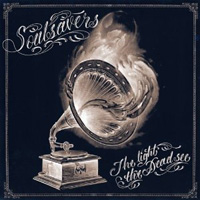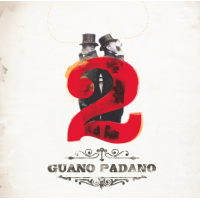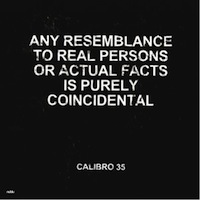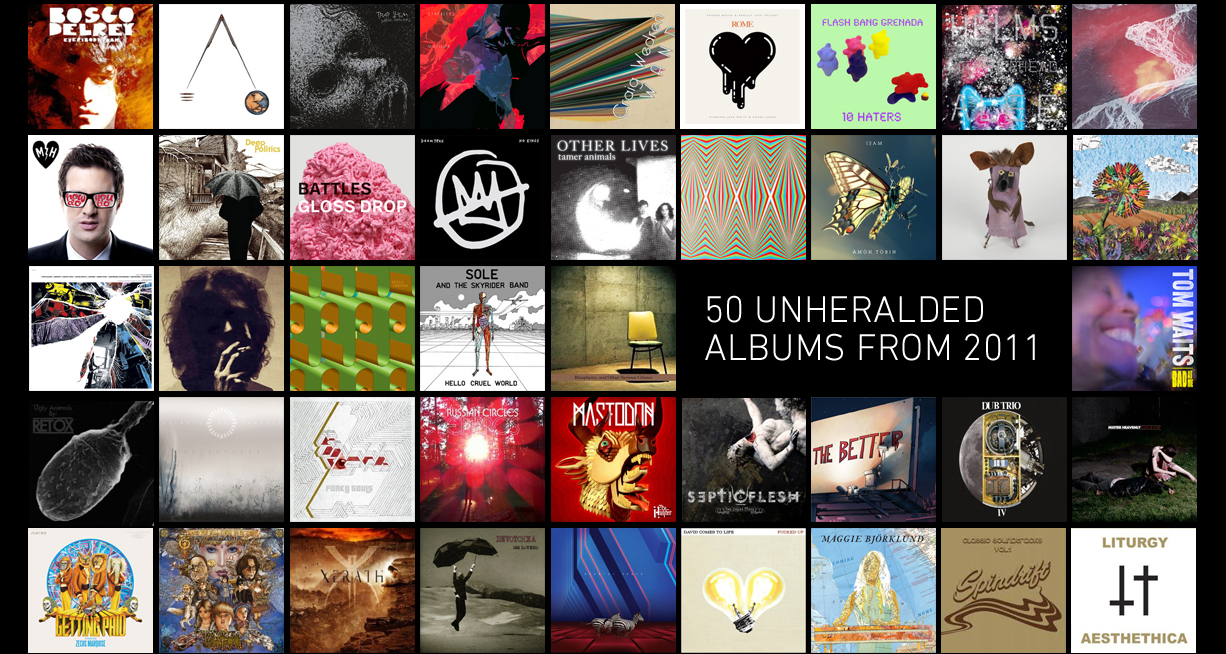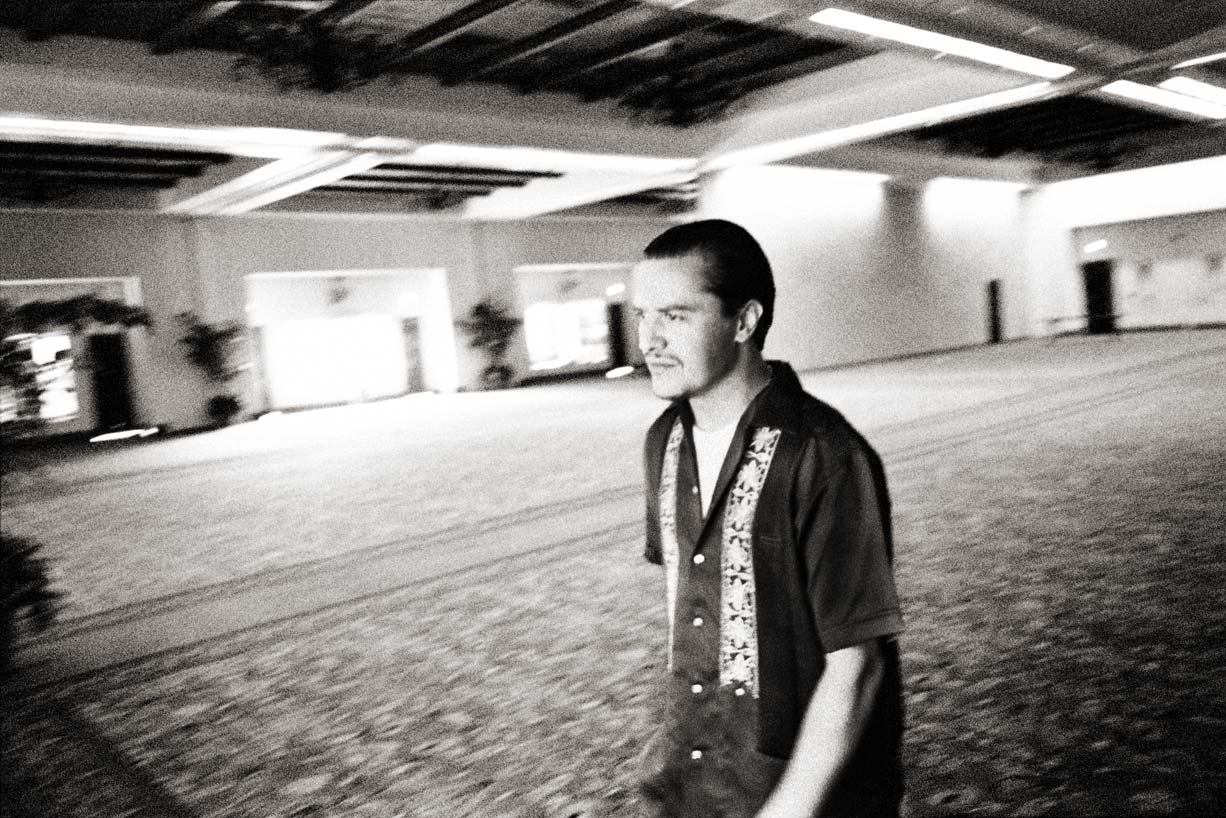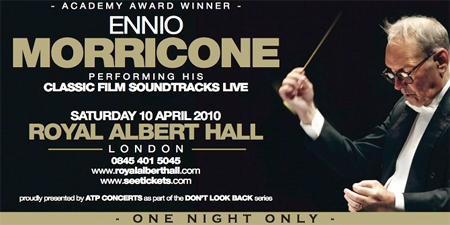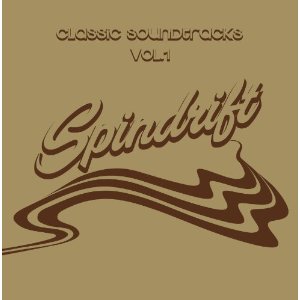 Spindrift: Classic Soundtracks Vol. 1 (Xemu, 5/10/11)
Spindrift: Classic Soundtracks Vol. 1 (Xemu, 5/10/11)
Spindrift: “Theme From Confusion Range”
[audio:https://alarm-magazine.com/wp-content/uploads/2011/04/04-Theme-from-Confusion-Range.mp3|titles=Spindrift: “Theme from Confusion Range”]
Mixing influences from Italian-western composers like Ennio Morricone with elements of psychedelic rock, Spindrift has pioneered its own brand of western music. Its style is manifested through a diversity of sounds, including guitar, organ, pedal steel, flute, autoharp, sitar, tabla, and bass, but its musical résumé is more than merely instruments.
After a successful Kickstarter campaign, Spindrift recently recorded an album of unreleased movie themes and new material. That album, Classic Soundtracks Vol. 1, captures the band’s eclectic nature and cinematic tendencies. Here, founder Kirpatrick Thomas elaborates on the forthcoming album, the impact of the desert environment on the band’s music, and the similarities between western scores and psychedelic rock.
What inspired you to use Kickstarter for Classic Soundtracks‘ fundraising as opposed to other, more traditional means of establishing a budget?
For us, Kickstarter was a great way to raise a recording budget and get friends, fans, and family directly involved in the making of our next album. We realized that we needed $5,000 and had a seven-week US tour ahead of us, so, along with touring and promotion, we created awareness about our upcoming project. At every show, we performed the new songs, then, after seven weeks, we had our goal and jumped into the studio to record. We had the time of our lives recording this record, and we wanted it to translate.
Classic Soundtracks was recorded in Hicksville Trailer Palace, and Spindrift was the first band to record a full-length album there. Can you explain why you chose this particular setting for recording?
Many of the songs that we’ve written for Classic Soundtracks were birthed in the desert. Thus we wanted to lay them to rest (as in the final recorded track) in the desert as well. We actually would write and rehearse for a bit in the Gram Parsons death room at the Joshua Tree Inn. Keeping true to faith, Hicksville is a stupendous facility for being relaxed, isolated, productive, and creative. It’s a beautiful place, and recording in Joshua Tree was a dream come true. Highly recommended!
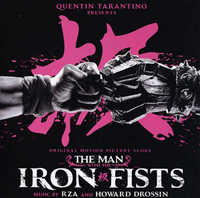 RZA & Howard Drossin: The Man with the Iron Fists film score (Soul Temple, 10/22/12)
RZA & Howard Drossin: The Man with the Iron Fists film score (Soul Temple, 10/22/12)

 V/A: The Man with the Iron Fists soundtrack (Soul Temple, 10/23/12)
V/A: The Man with the Iron Fists soundtrack (Soul Temple, 10/23/12)
